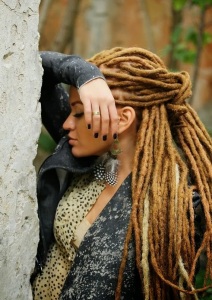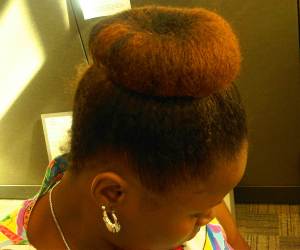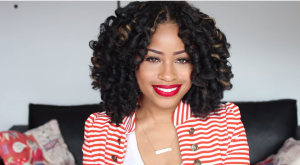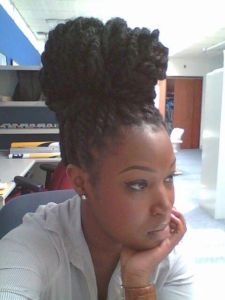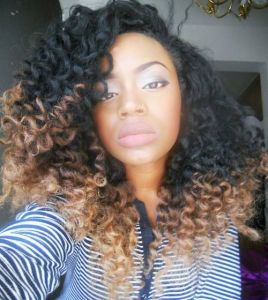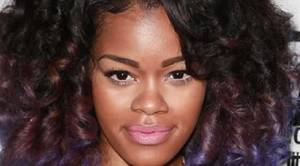WHAT IS A PROTECTIVE STYLE
Is called a protective style by the natural hair community, any hairstyle where your hair ends are tucked away from any factor that could damage it (manipulation, environment) to retain length as your scalp hair grows
Some examples of protective styling are the cornrows, the roll and tuck, the bun, braids in general, etc.
WHAT PROTECTIVE STYLING IS NOT
Protective styling is different from low manipulation styling. Finger coils, for instance, are low manipulation but not protective. While there are some hairstyles who are both protective and low manipulation, low manipulation and protective styling are different.
IS YOUR PROTECTIVE STYLING REALLY WORKING?
Your hair cannot be breaking, tangling and falling if your hair was on PROTECTIVE styling. However, it happens to several women with natural hair after protective styling. Others do not handle their protective styles appropriately. In the following posts, we will consider some dos and donts of protective styling
FIRST – MOISTURE
Your hair always needs moisture whether in protective style or not. Make sure you protective style clean and moisturized hair and continue moisturizing your hair while protective styling. If not, your hair will be dry, which will cause breakage.
SECOND – SEAL THE MOISTURE
Put aside water, you need to use oils to lock the moisture in your hair. You cannot achieve any length retention without moisture retention.
THIRD- TIGHT HAIRSTYLES
Although some people like to set their hair very tight, it is not recommended for effective protective styling. Tension on the hair causes the scalp to be irritated and to fall. You can achieve beautiful styles WITHOUT tightening your hair.
FOURTH- LENGTH & MAINTENANCE OF THE STYLE
You surely do not protective style to grow a wild flora in your head. Therefore, make sure you regularly clean your hair and you keep your hair for 6-8 weeks to the maximum. Otherwise, your hair will be matted and tangled which will cause it to break. If you really want to protect your hair, keept it clean and don’t overkeep it.
